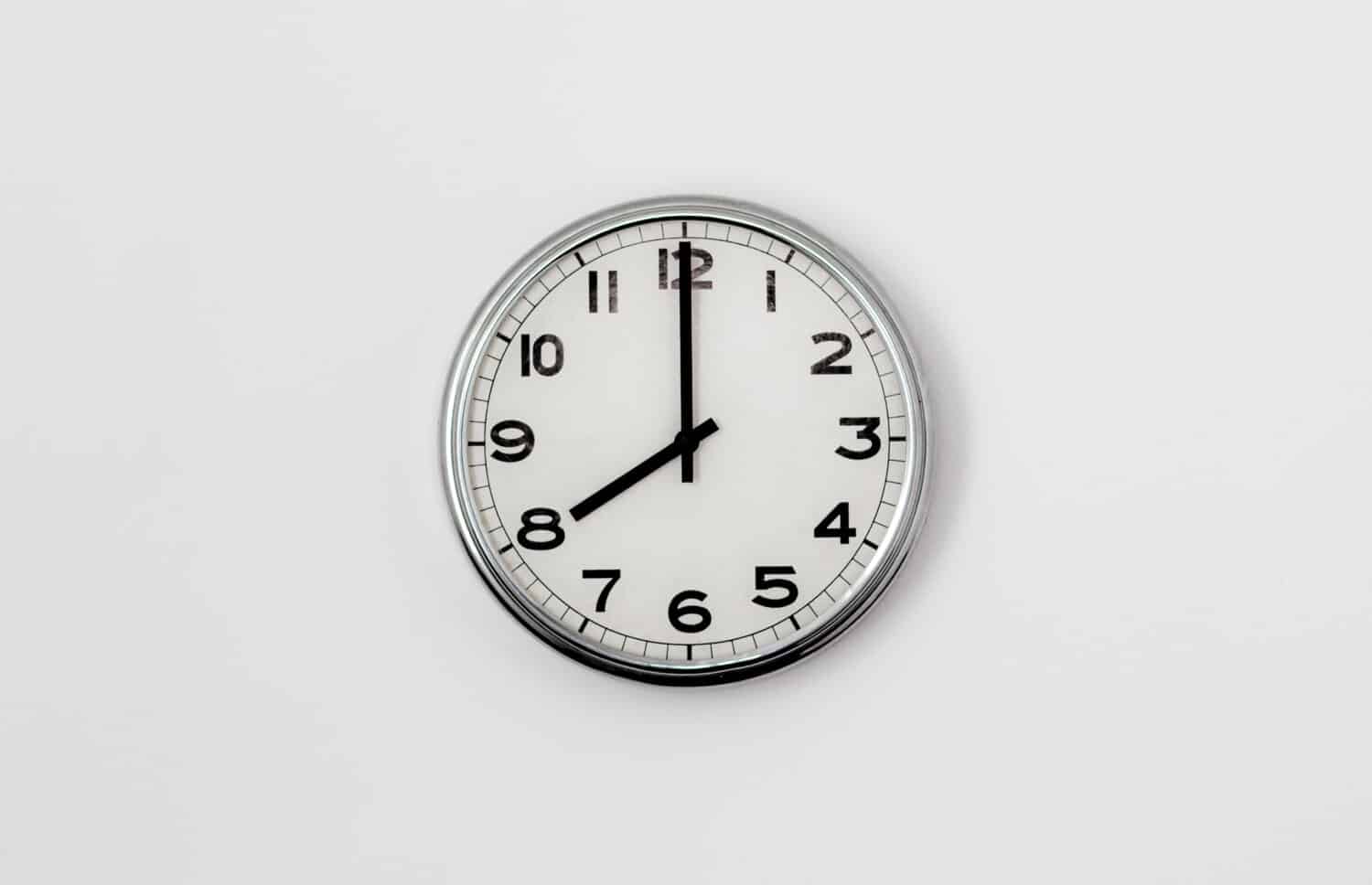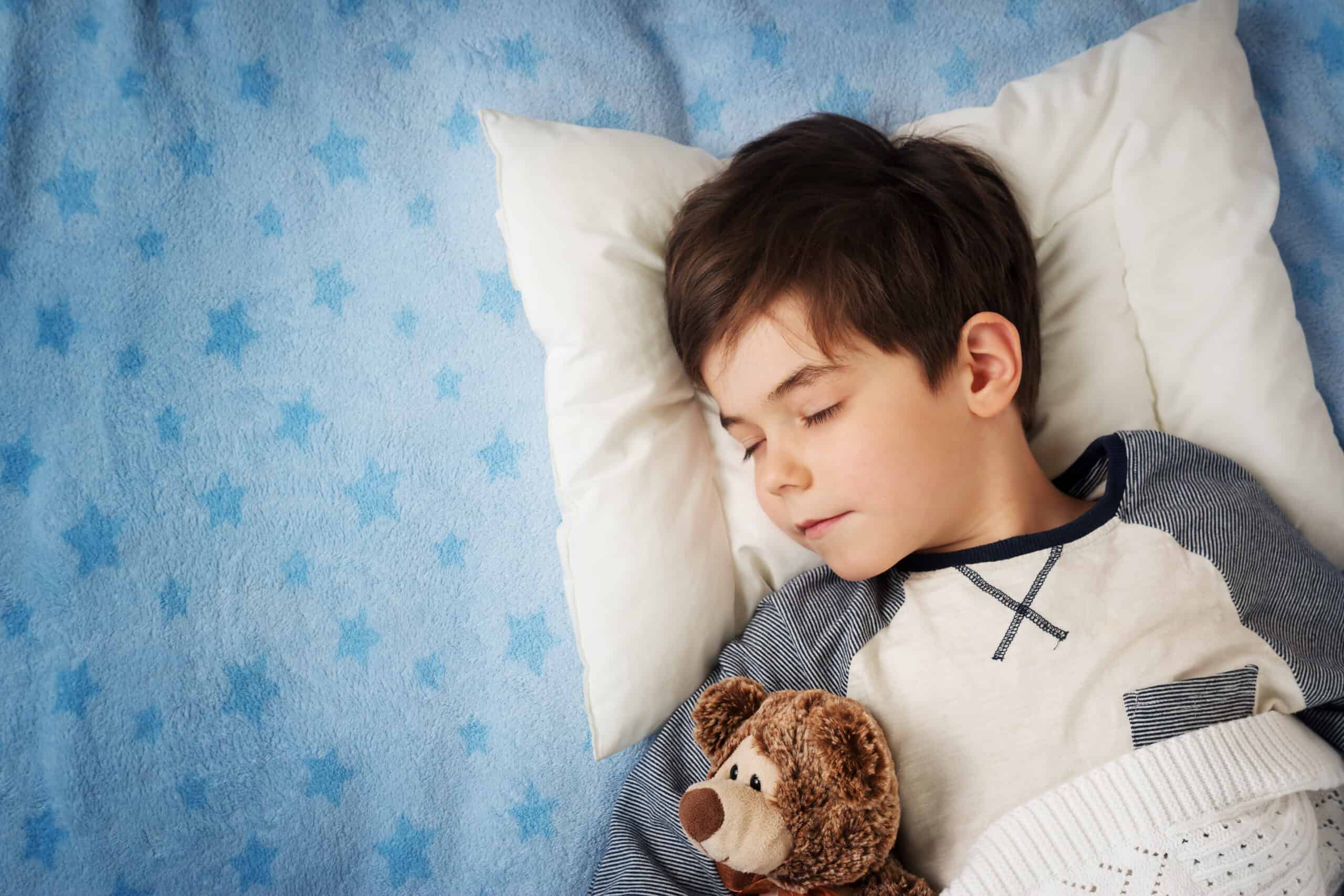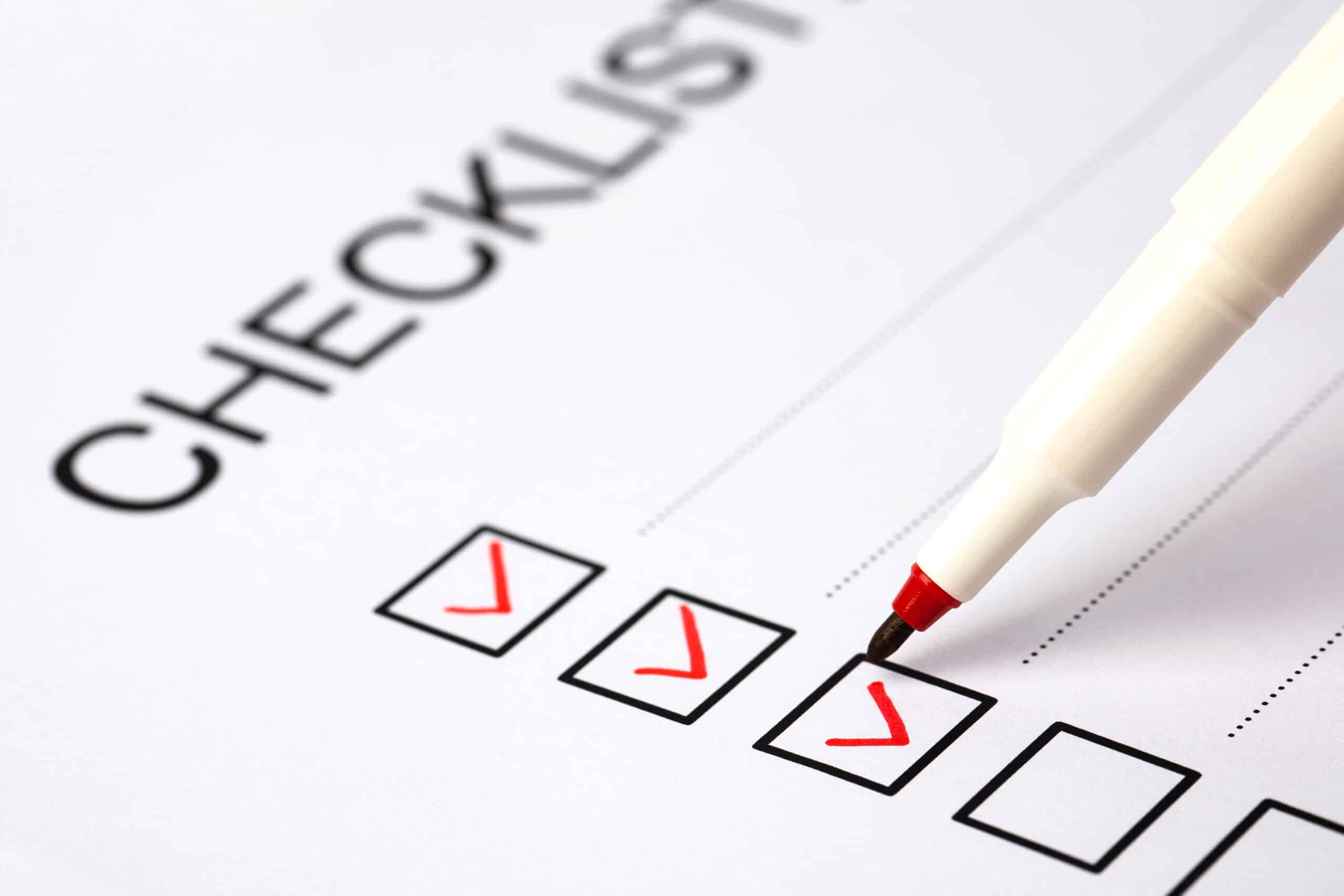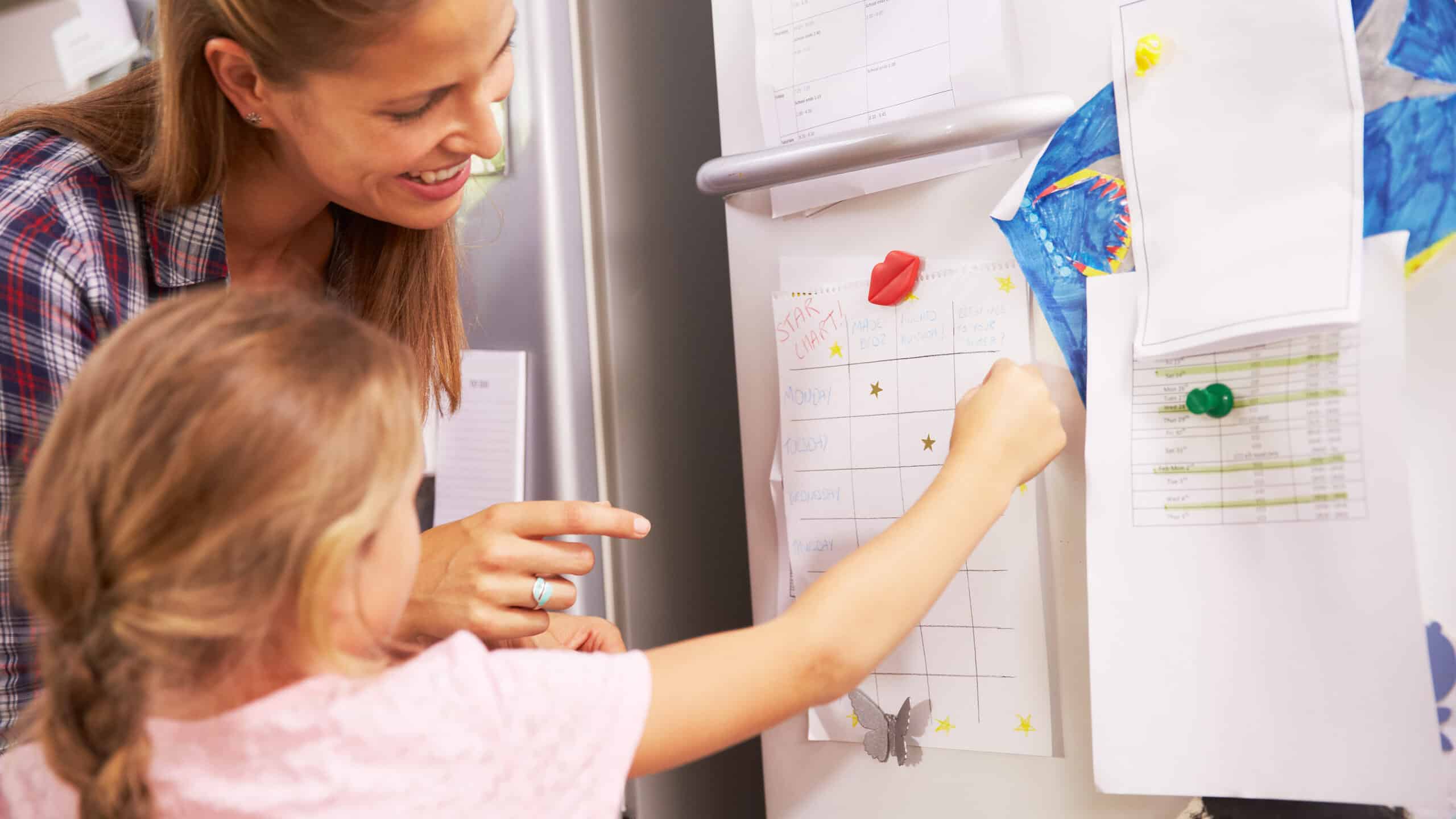With careful planning, mornings can be smooth for families. However, more times than not, as you’re trying to get out the door, something is bound to happen to frazzle you or your children. Where are the backpacks? Why did no one charge their electronics for school? Oh man, we forgot to eat breakfast. These are all common scenarios that pop up across the board with families. While not every morning will go smoothly, there are some steps you can take to develop a calm morning for you and your kids. Here is a step-by-step guide for creating a successful morning routine for your family.
Why Routines Are Important

©Yuganov Konstantin/Shutterstock.com
A daily routine is great for adults and children alike. While some people walk through life without a routine just fine, most toddlers and children thrive when one is in place.
Routines offer children a sense of security. They know what to expect and when to expect it, which helps them feel in control of their environment. As each child walks through a set routine, they become more self-confident and engaged because they can plan what’s happening next.
Routines are also a stepping stone for teaching children how to self-regulate. As children learn to self-regulate as they grow older, their mental and physical health will benefit.
Routines are Different Than Schedules

©Peter Horrox/Shutterstock.com
When creating a successful morning routine for your family, it’s important to remember that routines differ from schedules.
Schedules are set in stone and are typically time-based. (For example, at 9:45, we work on math. At 10:30, we start English.) Schools will typically use schedules. However, routines are most beneficial at home.
A routine is a loose idea of what must be done and in what order. It will include wake-up times, breakfast, getting dressed, etc. However, there isn’t generally a time set for each step (except bedtime and wake-up time).
Instead, routines have a general outline of the steps that need to be done. So, children know that when they wake up, they get dressed, or after breakfast, they must brush their teeth.
What to Include in Your Family Routine

©Yuganov Konstantin/Shutterstock.com
Family routines are beneficial for everyone, especially children. When creating your new family routine, there are a few factors to remember.
What time does your child have to start school? Are they heading to a public or private school or homeschooled? Are your children morning people, or do they need extra time to get moving?
When you begin to create your family routine, be sure to include the following:
- Bedtime
- Wake-up-time
- Getting dressed
- Breakfast
- Brushing teeth
- Grabbing school supplies
- The time you must be out the door
Though it may feel overwhelming at first, creating a routine can be manageable. Read on for a step-by-step guide to creating a successful morning routine for your family.
Get Enough Sleep

©LeManna/Shutterstock.com
Sleep is essential for both you as a parent and your child. Good sleep habits benefit social, mental, physical, and emotional health. Trying to run on very little sleep is a surefire way to put yourself in a bad mood. The same goes for children.
It is recommended that children between the ages of six and 13 get nine to 12 hours of sleep, while children between 13 and 18 get eight to ten hours of sleep.
Additionally, it is recommended that adults get between seven and eight hours of sleep a night.
With these facts in mind, make a bedtime plan that encourages your children to get the recommended amount of sleep they need. (Don’t forget yourself, too!)
For example, if you know you must wake up by 5 a.m., plan to be in bed by nine or 10 p.m.
Furthermore, start unplugging from electronics early. Doing so can help make bedtime go more smoothly. Blue light from electronics can affect the production of melatonin, which can disrupt sleep.
Make a Checklist of What Needs to Get Done

©nerosu/Shutterstock.com
Now that you and your family have decided when to go to bed, it’s time to make a checklist.
Sit down and write out everything you need to do in the morning for it to be successful.
Create a Chart for the Whole Family to See

©Monkey Business Images/Shutterstock.com
Now, use the checklist you just created to create a routine chart. This can be done online and connected to everyone’s devices. However, you can also create a physical chart and place it in a shared living space.
There are plenty on the market, including charts with pictures that are helpful for very young children.
This chart will be used as a family reminder of what steps need to be taken and when, so you don’t have to tell your child every step that needs to be done daily.
Begin Preparing the Night Before

©Billion Photos/Shutterstock.com
A successful morning routine is often determined by how much prep was done the night before. This step is important because it can help you feel less frazzled the following day. Grab your child’s school items, such as backpack and homework, and place them by the door. Older children can learn to do this on their own.
Additionally, charge the electronics the night before, preferably somewhere close to the front door or backpacks, so it’s easy to grab them without forgetting.
More steps that can make your morning go more smoothly include:
- Lay out clothes the night before down to shoes.
- Review any notes from teachers the night before.
- Think about what you will have for breakfast, and prepare for it.
- Set alarms for you and the children.
- Do a quick clean-up the night before; this can be helpful for those who are stressed out by messes.
Wake Up Before the Kids

©Blue Titan/Shutterstock.com
Many parents need a small window of time to themselves before the kids wake up. So, plan to wake up before the children, even if it’s for only 15 minutes. You will have a chance to wake up without being asked twenty questions. Additionally, it allows time for you to drink your coffee (if that’s what you like) and get dressed alone.
Waking up before the kids can help you feel calm and ready to tackle the day ahead.
Wake Your Kids Up Earlier Than You Normally Do

©Ira Lichi/Shutterstock.com
Sleep is important, but so is having time to get ready without feeling rushed. Waking your child up even 15 minutes earlier than you think they should is beneficial. Doing so may mean your child will feel calmer. They will have more time to get dressed, eat breakfast, and prepare.
This step is especially beneficial if you have a child who is not a morning person. Your parenting instinct may be to let them sleep in longer. Yet, the more time you give your non-morning child to get ready, the calmer they will feel and the less chaotic your morning will be.
Stay Positive in the Morning

©Evgeny Atamanenko/Shutterstock.com
Mornings can be challenging for families. Yet, how you are feeling can transfer over to your children.
Have you ever heard of mirror neurons? Mirror neurons are a set of neurons that will fire off when an action is observed. That means your child can sense when you are cranky and annoyed and feel it, too.
This is also true for good moods. Set the tone for the morning with your family by playing happy or upbeat music while they are getting ready. Connect with them by giving them hugs, asking them questions, and listening to them.
The more upbeat you are, the more it will rub off on your family. A positive attitude does wonders for creating a successful morning.
Eat a Healthy Breakfast

©Masha Avena/Shutterstock.com
Eating a healthy breakfast is an essential step in your routine. Remember to add in some protein, which can help regulate moods.
Additionally, breakfast replenishes glucose and increases your family’s energy, which they will need during a full day of learning!
Continue Sticking to the Morning Routine

©Chinnapong/Shutterstock.com
Creating a new routine may be trying at first, mainly if you are not used to one. However, a great routine can benefit you and your family.
Continue to follow the new routine; within a few weeks, it will become second nature.
In Conclusion

©David Pereiras/Shutterstock.com
A family routine can be so crucial in the morning. It will allow your mornings to feel less rushed and chaotic. Instead, your family will start to feel more calm and peaceful. When your family feels calm in the mornings, it prepares you for success.
If you are ready to create a new way to do mornings, try using this step-by-step guide to create a successful morning routine for your family.
The image featured at the top of this post is ©zEdward_Indy/Shutterstock.com.
